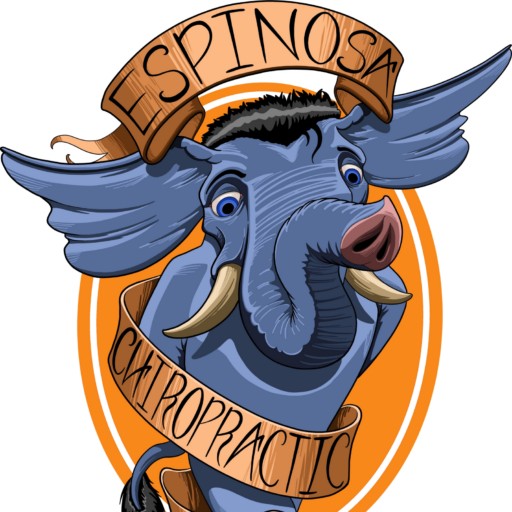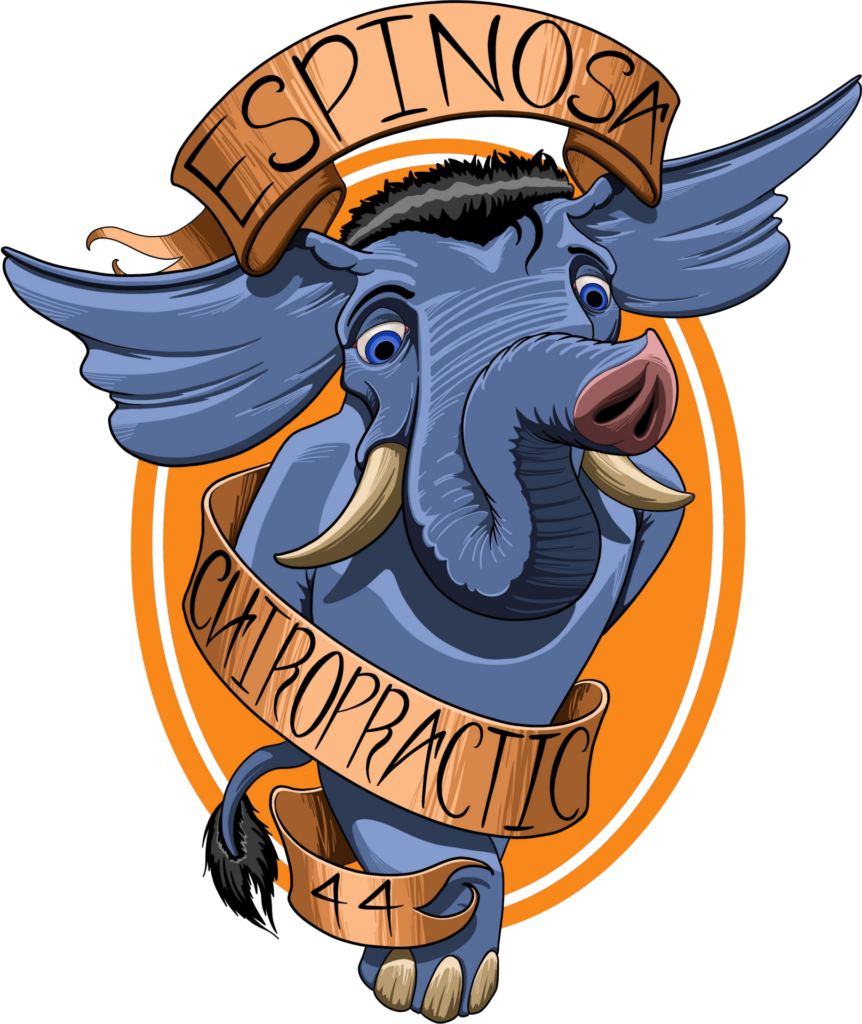Archive for June 2022
Breathe to Relax

Deep breathing is one of the most powerful ways you can influence relaxation.
When the stresses of the moment lead you to feel spun out, it is important to take a little time to breathe. In this way, you can harness the power of oxygen to refresh your body and mind and reset your perspective. Diaphragmatic breathing, better known as deep breathing, is the kind when you breathe in through the nose, contracting the diaphragm, and fill your lungs with air. You will know you have taken a deep breath when the abdomen expands rather than the chest.
Combine deep breathing with some simple muscle action to relieve tension throughout the body.
- Close your eyes and begin a pattern of deep breathing, as explained above.
- On the inhale, contract a muscle group and hold for up to 5 seconds.
- On the exhale, release the muscles
- Work your way down from shoulders to toes, one muscle group at a time.
Optimize your breathing with chiropractic
Breathing is a complex system that we tend to unlearn as get older. For example, it is an action that affects and is affected by posture. We want to help you breathe better and this begins with technique! Subluxation in the cervical region can affect the phrenic nerve which powers the diaphragm, thereby affecting breathing. Let’s work together to get your breathing back on track to fight stress and feel better!
How Technology is Changing Our Bodies

Our bodies on technology
The technology age is advancing rapidly, “optimizing our lives,” and our health in the process. However, as the guinea pig generations for many new technologies, it is important to remain wary about the possibilities for harm that they could cause. As chiropractors, we are seeing more people than ever with the so-called, “reader’s neck,” which has now become widespread under the moniker “Forward Head Posture.” Due to our heavy reliance on cell phones, tablets, and computers, our posture is worse than ever and many people are carrying up to 20-30 pounds of extra pressure on their spine at all times.
Here are a few places to use caution when it comes to using (or over-using) technology:
- Our spines: forward head posture, poor spinal curvature and the premature onset of degenerative spinal conditions are all linked to sit-heavy lifestyles, poor posture, and overuse of cell phones.
- Repetitive Stress Injuries: typing, typing, typing we are forever typing out messages, e-mails, and hashtags, before we even get to our office job. This does a lot of damage to fingers, hands, wrists and up to the shoulders.
- Headaches: staring at screens for too long can lead to eye strain, muscle spasms, and tension headaches.
How we help at Greenway Plaza Chiropractic
We are your safeguard for spines against the incursions of technology. With postural analysis, we can determine whether you have forward head posture and if so, begin a routine of stretching and strengthening of the neck muscles that will make it easier to hold your head properly; through chiropractic adjustment, we can effect great improvements on nerve functioning throughout the body which will reduce pain and help the body function optimally. We can identify behaviors that may contribute to repetitive stress and counsel you on ways to negate the damage of overuse injuries. Give our office a call to schedule an appointment today!
Resources for Managing Pain

Regardless of age or physical condition, everyone is prone to a flare of back pain. A person who has never experienced even a twinge of pain or stiffness may wake up one day to find that they slept awkwardly and their neck is now cricked. For people at all points on the spectrum between one-time pain and chronic conditions, it is important to know how to use your resources to allay pain so that it doesn’t sideline you completely.
When it comes to managing back pain in the moment, two of your best resources are ice and heat. And while this may sound like overstated conventional wisdom, it is important to know how to actually apply ice and heat, and why you are doing it. Some people prefer one or the other, but we find that they are especially effective, and actually compliment each other, when alternated in this order:
- Ice to relieve pain and reduce swelling and inflammation. When you apply ice to an injurious region, the blood vessels narrow in a process known as vasoconstriction, your muscles flex and inflammation is immediately reduced. Ice, in the form of a pack, a frozen damp towel, or a bag of frozen peas, should be applied to the injurious region for 10-15 minutes at a time, up to three times a day.
- Heat is used to relax the muscles and stimulate the healing process. The opposite of vasoconstriction, heat catalyzes vasodilation in which the blood vessels open wide, allowing nutrients and oxygen that are necessary for healing to flood the region. Most heat is preferable to dry heat, and you can apply it for up to 20 minutes at a time to achieve pain relief.
When it comes to managing your pain, knowledge is power. We help people find simple and natural ways to encourage a healthier, happier life. If you are suffering from chronic pain, it may be time to make the call and schedule an appointment so we can discern the true cause and begin the healing process.
